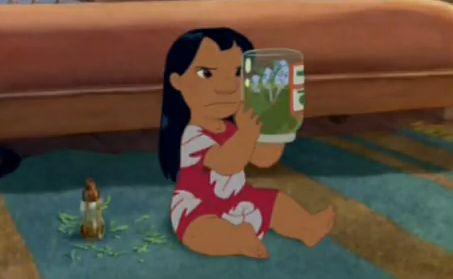Voodoo of Gaming : Why We Torture Marionettes
By Lokno 1 Comments

While I would agree with him, I don’t think this is more about maturity than it is about realism. As we have gotten older, it has become easier to equate the digital actors in games with real people, and we learn to empathize with them, even if the truth is they are simply meandering muppets. As children, we had no control over the world. We could only see ourselves as the victim in any confrontation. Therefore, when someone was mean to us, that was the end of the discussion - its only fair that the mean person would be punished.
The image above is from Disney’s Lilo and Stitch (circa 2002, same year as Mafia 1), where Lilo is using “practical voodoo” on her friends from dance class because they were teasing her. My claim is not that we are taking real-world frustrations out on clockwork ballerinas. Instead, what I’m saying is that, when we play video games, we allow ourselves to see a simpler world, the one we were immersed in as children. In this world, the world revolves around us and there is only one side to any matter. If a doll just happens to be in your way, it becomes the villain, or at least you can’t be blamed for what happens to it.
In a video game, every problem has a solution, and there are no hard decisions. The moral choices in recent games only create the illusion of real decisions; developers use them to increase customer value by providing choices which encouraging multiple play-throughs. They cannot, however, force the player to empathize with polygonal people, because at the end of the day what you do in that space is completely meaningless.
That said, there are times, when the circumstance are just right, that I can’t help but see what I’m doing for its horrible, real-world equivalent. But that can happen in any game, regardless of its level of fidelity. Its really more a matter of perspective, and in general its fun to just kick back to teach those meanies a lesson.
2 Comments